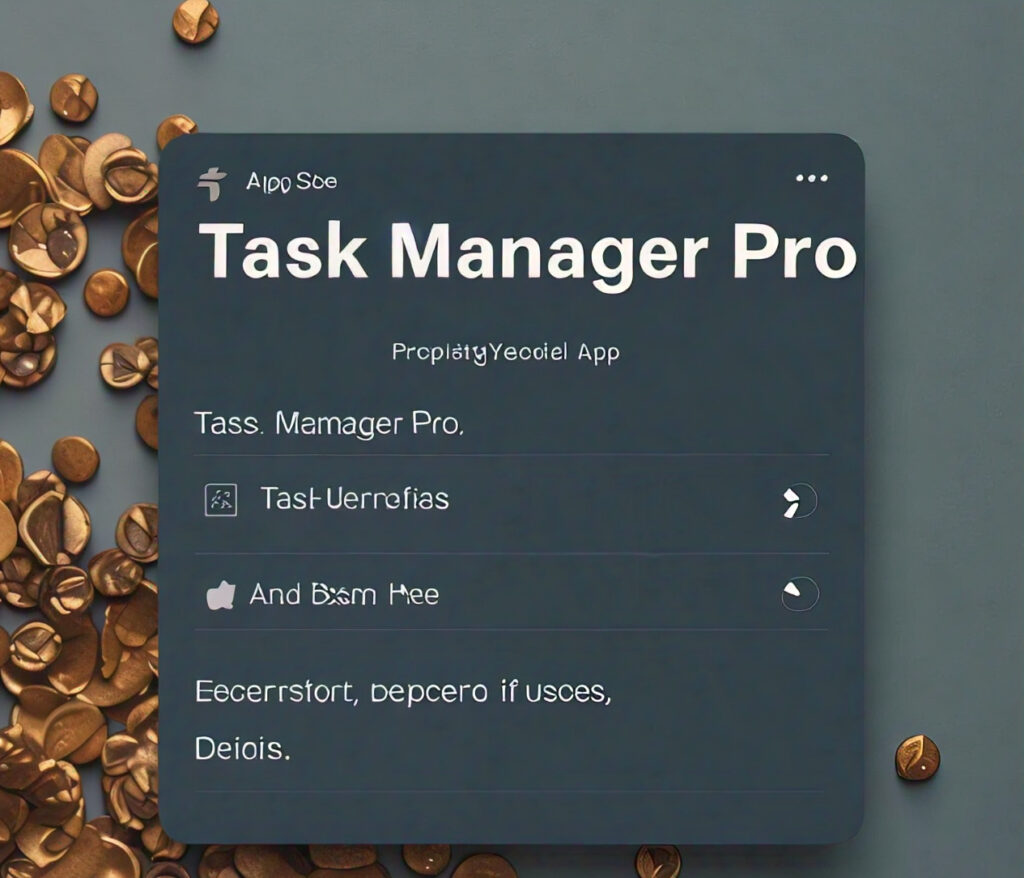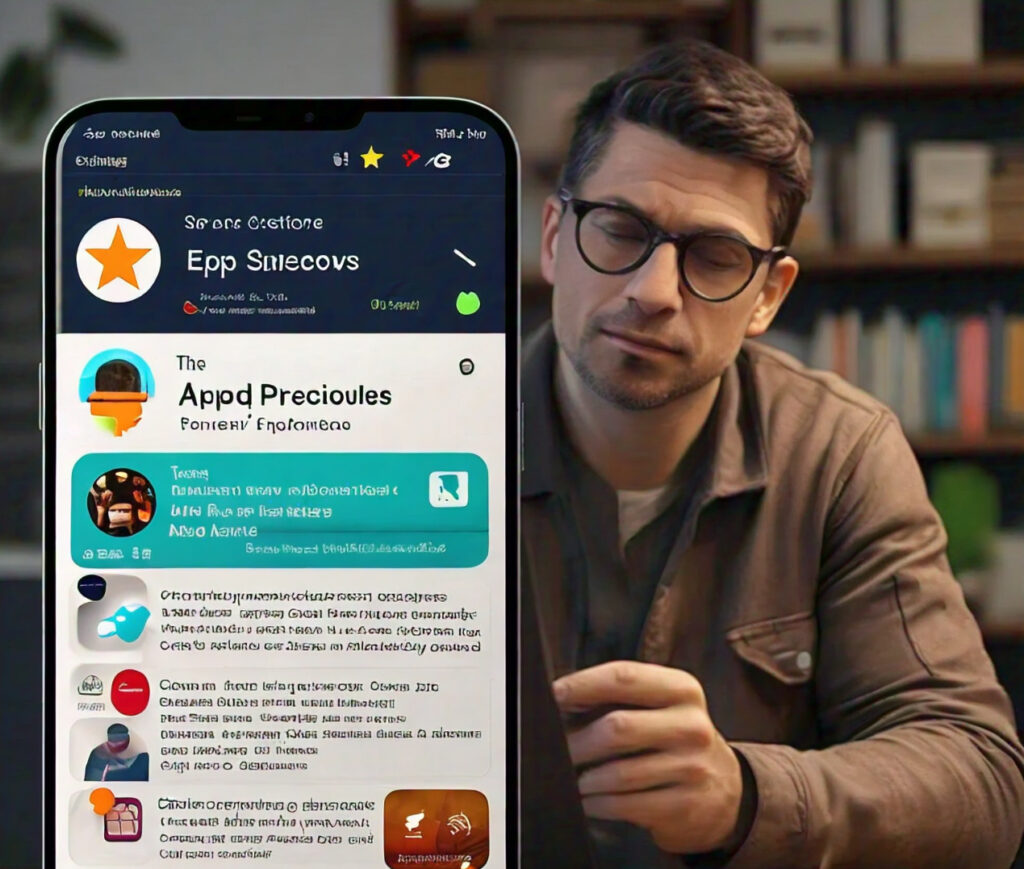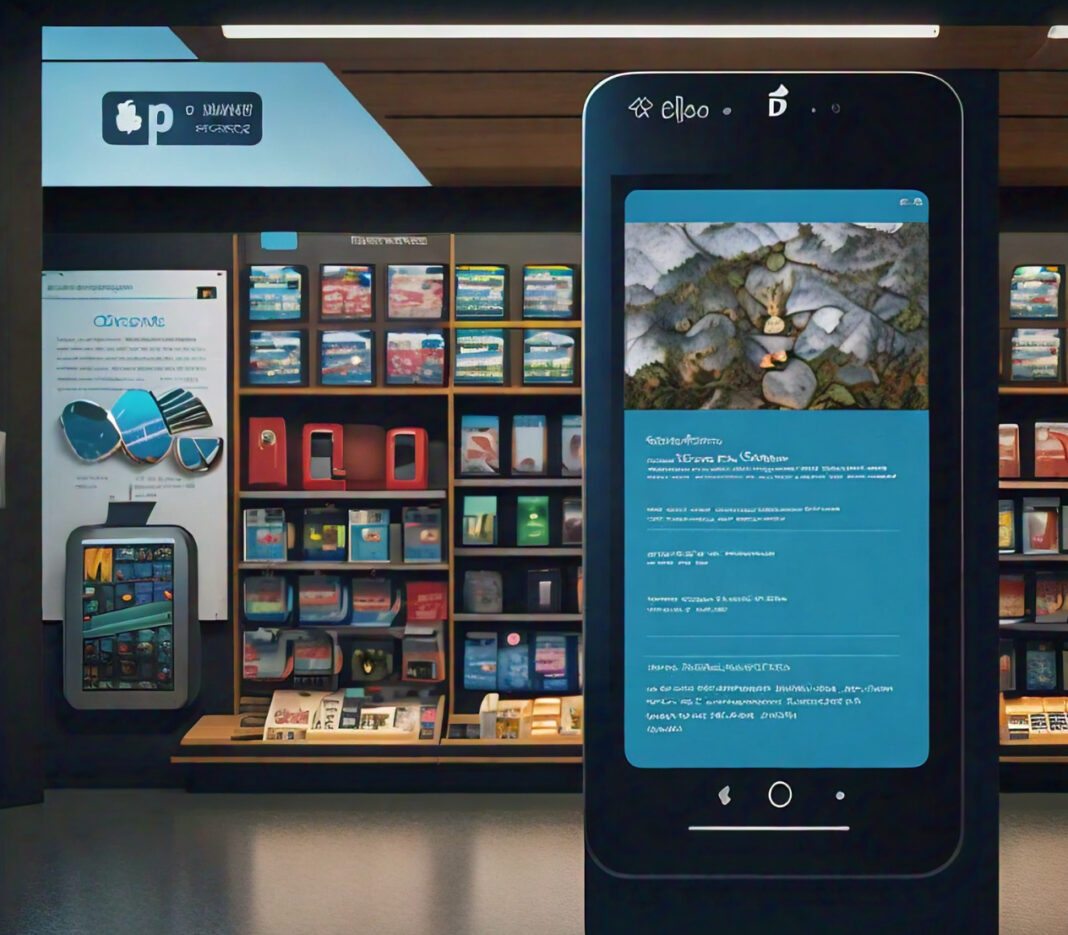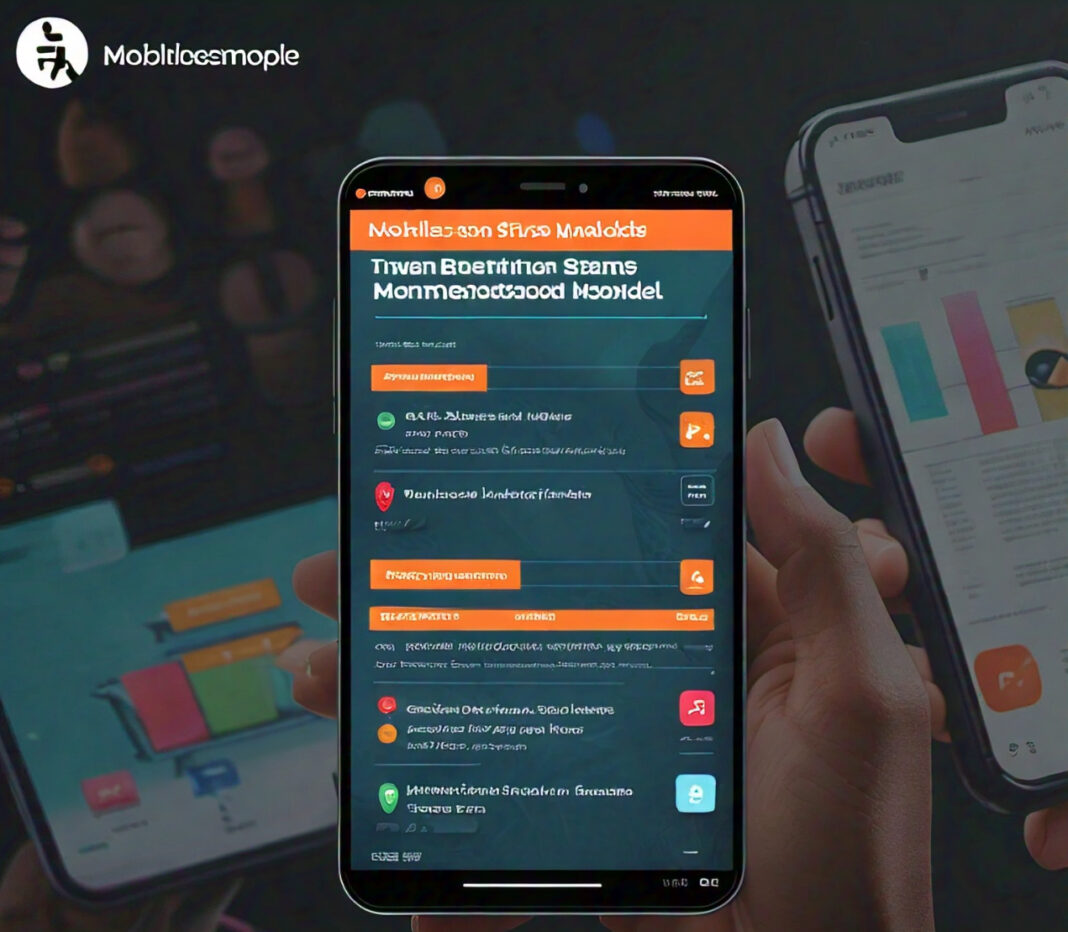Developers most of the time face the tough task of making their apps visible in the saturated app world. With at least a million applications in stores, developers and marketers need to use all possible tools at their disposal if they are going to make it.

One such tool is ASO—meaning App Store Optimization—which is key to increasing app visibility and boosting downloads. Of course, while ASO is multifaceted, one of the most critical parts is app store description optimization.
The description parts of an app store need to be ideal. We try to expound on what the ASO means about the description in an App Store, why it is important, and finally, give you some tips for implementation—the simple way.
Understanding ASO about an app store description
Now coming to the specifics regarding App Store descriptions, let’s first give an outline of what ASO is. The process of improving the visibility of a mobile application in the search results displayed by an app store is termed App Store Optimization. App Store Optimization is very similar to Search Engine Optimization for websites but with a special focus on mobile app marketplaces like the Apple App Store and the Google Play Store.
ASO primarily works on enhancing the position of the app in the search listing, features of the app, and most importantly, installations. This involves optimizing the listing of the app on the app store: for example, the title, keywords, screenshots, and—of course—a description are included.
The Role of an App Store Description in ASO
How does an app store description allow an app to play its crucial role in ASO?
- First Impression: It is the first detailed information users see about your app after the app icon and app title.
- Search Relevance: App Stores use this part of the app content in deciding on the relevance of your app once a search request is issued from the phone by the user.
- Conversion Tool: A good description can be what makes a person download an app.
- Feature Spotlight: It is your chance to talk about what makes your app special.
- Keyword Optimization: The description is an ideal place where very important keywords can be integrated to increase search visibility.
Now, let’s see how best you may optimize your app store description for maximum effect in ASO.
Keyword Research and Optimization
Many describe the foundation for good ASO in descriptions on app stores as, first of all, researching and optimizing the right keywords. So, how is it that you need to do that?
- Find Keywords Relevant to Your App
First off, brainstorm what type of words and phrases prospective users would type in the search to discover an application like yours.
Think about the following:
- The main features and functionalities of your application
- The problem your app solves
- The way your target users speak and search
Once you have all that, use ASO-specialized keyword research tools like App Annie, Sensor Tower, or Mobile Action to expand the list more and estimate competitiveness and search volume for different keywords.
Not all keywords are made equal. There are a few ways that you can prioritize the keywords for yourself.

Relevance of the app
Search Traffic
Competition level
User Intent: Informational, Navigational, Transactional
- Apply Keywords Naturally
After you have your list of priority keywords, put them in your description — but do it naturally. Keyword stuffing will kill your readability and can coat you with a penalty from app stores.
- Use Keywords Within the First Few Lines
Remember, never will any iPhone user read through your description. So it’s extremely important to have your keywords mentioned within the first few lines of your description. Those golden words will only be shown to the users when they first tap on your app icon, and hence, lead with a punch to gain their attention.
How to Write a Great iOS App Store Description
While you need them, though, the description should be more than a mere enumeration of search terms. Here’s how to create a description that will serve ASO purposes, as well as provide engagement to your potential users.
- Start Strong
The first few lines of the description are crucial. We will use it to communicate exactly what an app does, outline the app’s main benefit or unique selling point, and add a call to action.
For instance, “Get more done with TaskMaster, your all-in-one task management app. Be organized, meet your deadlines, and accomplish your goals. Download now and seize control of your time!”
- Discuss Key Features
Following the strong beginning, list the key features of your app. Bullets are very readable. Next to each feature, give a short description of what the feature means to the user. For instance,
Key Feature #1: Prioritize Tasks Smartly: Focus on What Matters Most
- Sync across platforms: View your task list from any device
- Collaborate: Share and delegate tasks with ease
- Target Your Audience
By doing this, people who are looking for a problem that your app solves can immediately identify it and know that your app is for them. E.g. “If you’re a busy professional, a student working on a bunch of projects or anyone else looking to raise your productivity game, TaskMaster is for you.”
- Add Social Proof
This gives a sense of the app being genuine and users their trust in the app. For instance: “Join over 1,000,000 users who transformed their productivity with TaskMaster!”
- End with a Great Call to Action
Finally, ensure you include a strong call to action with your app. For instance: “Ready to revolutionize your productivity? Download TaskMaster now and start achieving more!”
Description Length Optimization
The character limit for the description on the Apple App Store is 4,000 characters, but for best practices, most users noticeably spend above the fold and do not below it—that is unless they tap “More.”
Google Play Store
The character limit for the description on the Google Play Store is again 4,000 characters. The best practice for this store is to make use of all of it. Google indexes the keywords all over the description.
Whatever the platform, the most critical information and keywords should be loaded towards the beginning of the description.
Global ASO and Localization
App stores can localize apps in multiple countries and several languages. Localization means more than translation of the description:
- Keyword Research in Separate Languages: Diverse cultures can mean that even similar Apps may be sought using different keywords.
- Cultural Adaptation: Ensure that your writing appeals to local customs and preferences.
- Local Regulation: Be updated with all sorts of local regulations, if any, that may impact your description.
- Local App Stores: Few countries have their app stores like in China. These app stores have their own ASO requirements.
Regular Updates to Your Description
ASO doesn’t happen one time. To continue and improve then your app visibility:
- Periodic Confirmation: Keep an eye on the app status of your ranking for different keywords.
- Keep Up to Date: Update your description to showcase new features or enhancements in your app.
- Seasonal Updates: If it makes sense, update your description for holidays or seasonal times.
- Changing Trends: If new trends hit your app’s category, find a way to work them into your description.
A/B Testing to Optimize
If you truly want to optimize your app store description, A/B test it. Here’s what you’ll do:
- Multiple iterations of your description to create several different variations of it
- Show different descriptions to different users
- Learn which description has more prospect downloads
You can A/B test in the Apple App Store and the Google Play Store. You can iterate on your description with rich, real user data.
Common ASO Mistakes with Descriptions
- Keyword Stuffing: Overusing keywords in your description makes it unreadable. This can lead to a penalty.
- Ignoring User Benefits: Explain how the app solves problems for your users, not only what your app does.
- Ignoring the Competition: Google for the surrounding applications and generate a belief in your users that your apps are different than them.
- Jargons: Avoid industry jargon unless you are developing an application for a technical audience.
- Ignoring Formatting: Remember to make your description scannable by including line breaks, emojis (where applicable), and capitalization.
App Store Optimization in Conjunction with Marketing
The app store description is a critical piece of the ASO puzzle but just one piece. To ensure that your optimization is successful, write your description in conjunction with:
- Title and Subtitle: Everything within the spend should complement the description. Make sure that you are using relevant keywords.
- Visual Elements: Ensure your app icon, screenshots, and preview video support, do not detract, from the message of your description.
- Off-Store Marketing: Ensure your website, social media, and any other promotional material are in line with the look and feel of your app store listing.
- User Reviews and Ratings: Push for user reviews by satisfied users, which may echo what you describe.
Conclusion
Maximizing your app store description for ASO is one powerful way of increasing the visibility of the app, hence downloads. By pointing out relevant keywords, writing compelling content that underlines the benefits of your app, and keeping your description up-to-date with frequent testing, you can be on the learning path to significantly improve your app’s chances for success in crowded app marketplaces.
Keep in mind that ASO is a never-ending process; user preferences change, new competitors enter the market, and the mobile applications landscape is highly dynamic. Watch out, keep testing, and be ready to adjust your plan of attack because of the situation.
By mastering ASO within your app store description, you are not just improving the search ranking of your app; you create a strong marketing tool that will persuade potential users to hit this all-important download button. Take your time to get it right and watch your app climb the ranks and reach more users than ever before.






